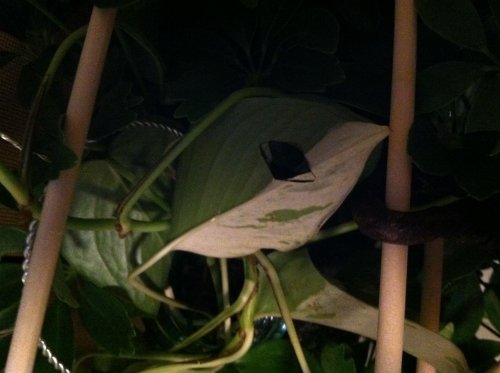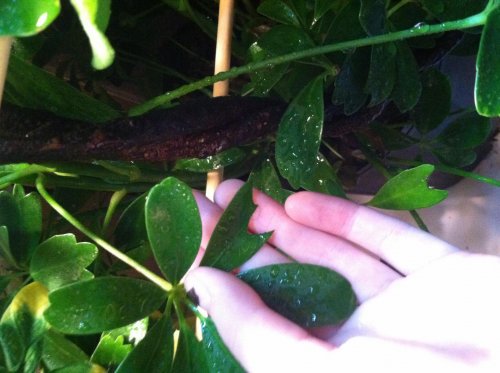parisaurusrex
New Member
Ziggy LOVES to chomp on his plants… seriously, all of his plants look horrible now! I've read about putting some greens in his dish to get him to eat that instead, but he refuses! My question is, how do you get yours to eat what you give him instead of his plants?! Do I just keep trying by putting it in his cup with his other food?
I attached photos of what my plants look like
PS- Ziggy is starting his first shed since i brought him home, woo!


